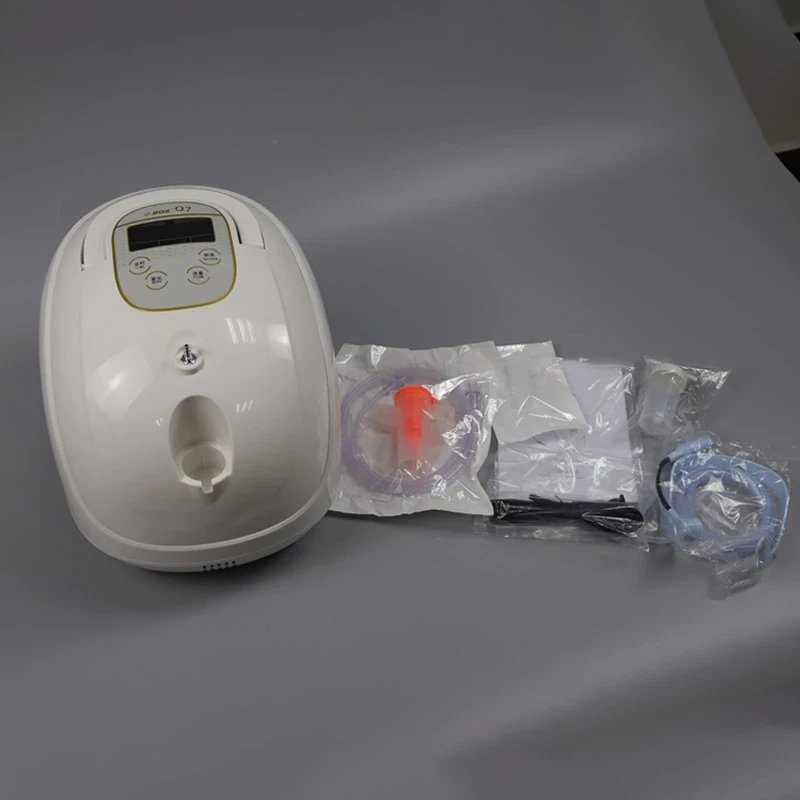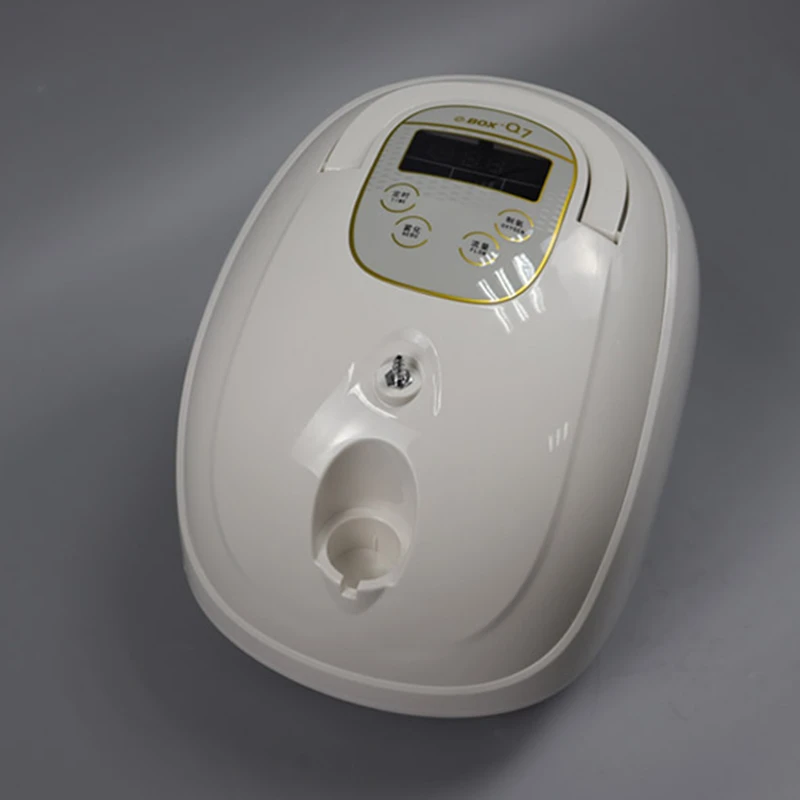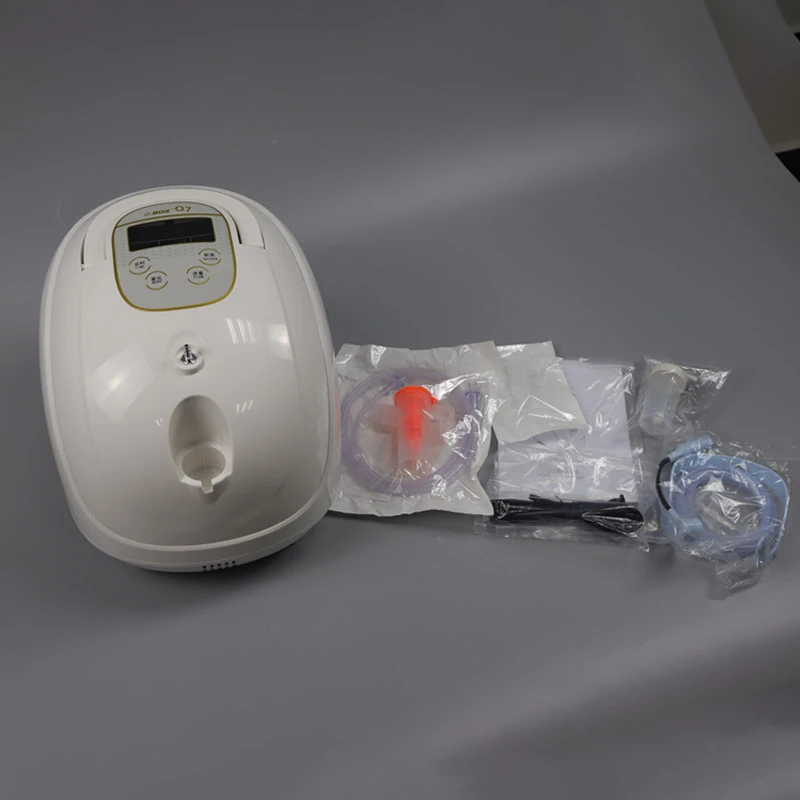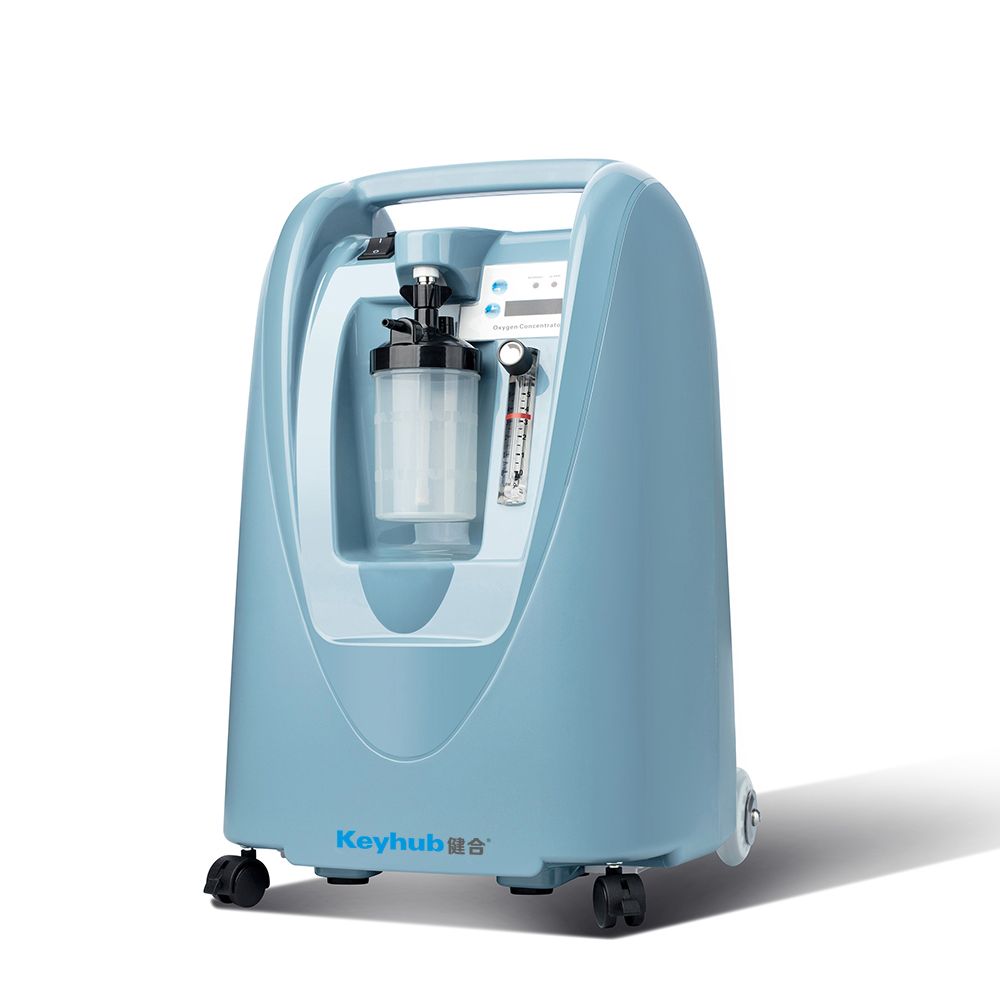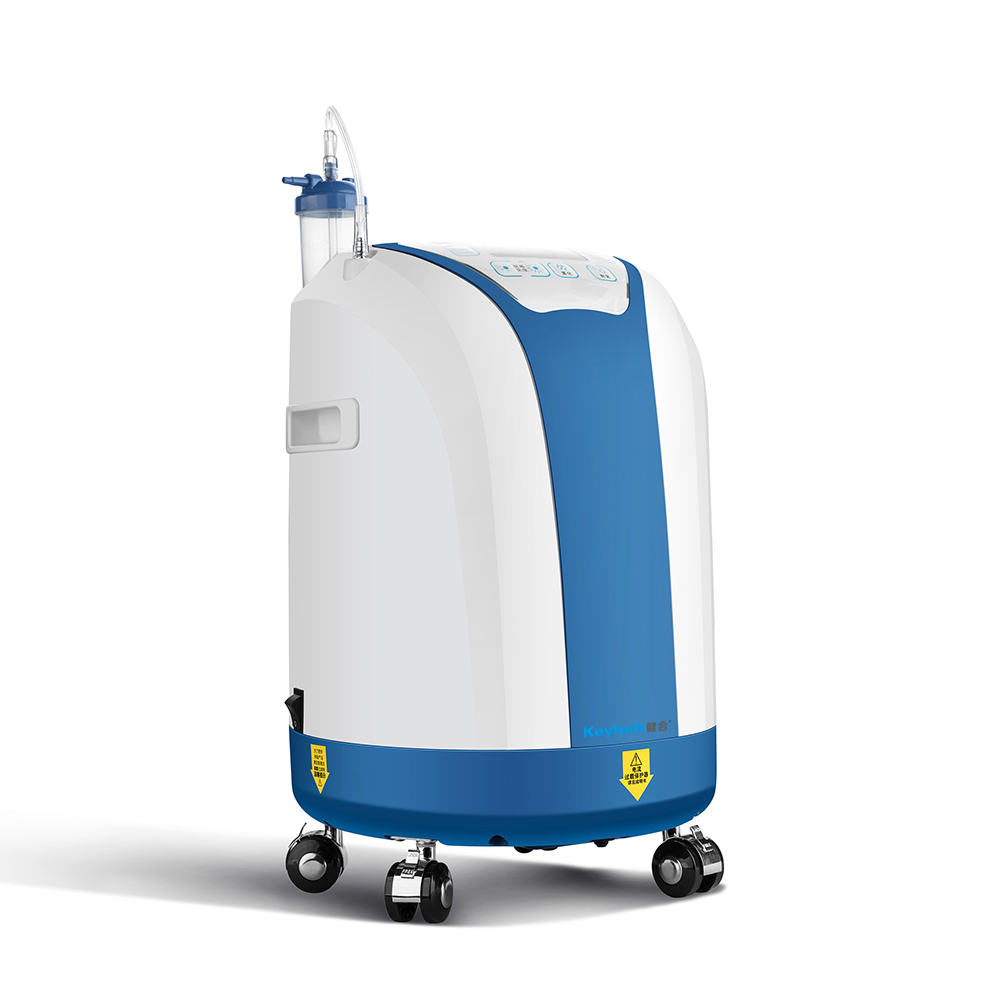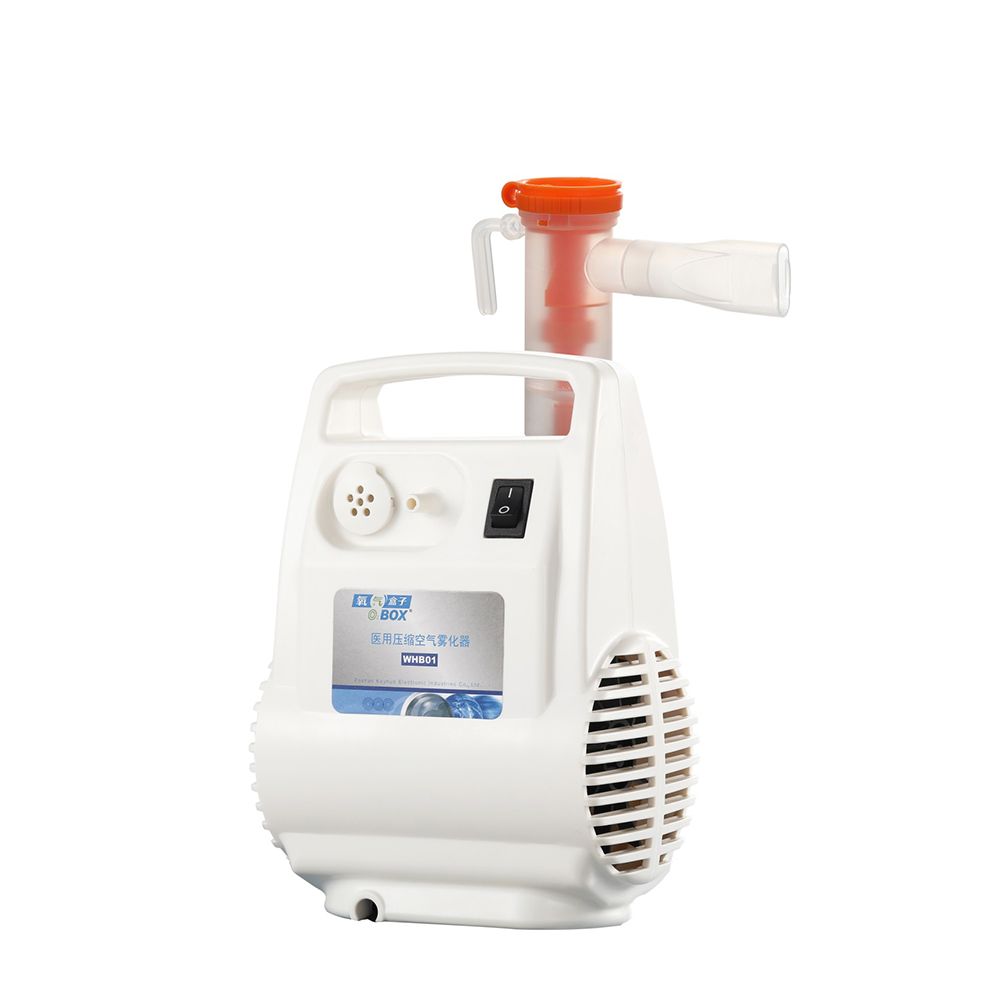In recent times, the use of oxygen concentrators at home has become increasingly common, particularly for individuals with respiratory conditions such as COPD (Chronic Obstructive Pulmonary Disease) or those recovering from respiratory illnesses.
Using an oxygen concentrator at home offers several advantages for individuals with respiratory conditions or those in need of supplemental oxygen.
Improved Respiratory Function: Oxygen concentrators deliver purified oxygen directly to the user, helping to increase oxygen levels in the bloodstream.
Convenience and Accessibility: Having an oxygen concentrator at home provides continuous access to supplemental oxygen without the need for frequent refills or replacements, as with oxygen tanks.
Independence and Mobility: Oxygen concentrators are available in portable models, allowing users to move around their homes and engage in daily activities while receiving oxygen therapy.
Cost-Effectiveness: While the initial investment in an oxygen concentrator may be higher than purchasing oxygen tanks, in the long run, it can be more cost-effective. With no need for refills or deliveries, individuals can save money on recurring expenses associated with oxygen therapy.
Customizable Oxygen Delivery: Oxygen concentrators allow for adjustable oxygen flow rates to meet individualized therapy needs. Healthcare providers can prescribe specific flow rates based on a patient's condition and oxygen requirements, ensuring optimal treatment efficacy and safety.
Quiet Operation: Modern oxygen concentrators are designed to operate quietly, minimizing noise disruption in the home environment.
Continuous Therapy: Oxygen concentrators provide continuous oxygen therapy, ensuring that users receive a steady supply of oxygen throughout the day and night. This continuous therapy is particularly beneficial for individuals with chronic respiratory conditions who require constant oxygen support to maintain adequate oxygen levels.
While oxygen concentrators offer a convenient and effective way to supplement oxygen levels, it's essential to adhere to specific precautions and safety measures to ensure their proper and safe use.
Here are some crucial guidelines to follow when using an oxygen concentrator at home:
Proper Placement: Position the oxygen concentrator in a well-ventilated area, ensuring that there's ample space around it for proper airflow and ventilation. Avoid placing the concentrator near heat sources, open flames, or direct sunlight, as this can pose a fire hazard.
Avoid Smoking: It's imperative to refrain from smoking or allowing others to smoke near the oxygen concentrator. Oxygen supports combustion, and smoking in its vicinity can lead to a severe fire hazard.
Electrical Safety: Ensure that the electrical outlet used to power the oxygen concentrator is in good condition and equipped with a grounded three-prong plug. Avoid using extension cords or power strips unless they are specifically approved for medical devices.
No Oil or Petroleum-Based Products: Keep all oil-based or petroleum-based products, such as petroleum jelly or oil-based creams, away from the oxygen concentrator. These substances can ignite spontaneously in the presence of concentrated oxygen.
Maintain Adequate Ventilation: Avoid placing the oxygen concentrator in confined spaces or areas with poor ventilation, such as closets or cabinets. Adequate airflow is essential to prevent the accumulation of oxygen and reduce the risk of oxygen enrichment, which can increase the flammability of nearby materials.
Regular Cleaning and Maintenance: Follow the manufacturer's guidelines for cleaning and maintaining the oxygen concentrator. Regularly clean the exterior surfaces, filters, and tubing to prevent the buildup of dust, dirt, or other contaminants that could affect its performance or pose a health risk.
Monitor Oxygen Levels: Keep an eye on the oxygen levels delivered by the concentrator and ensure that they remain within the prescribed range as recommended by your healthcare provider. Oxygen levels that are too high or too low can have adverse effects on your health.
Prevent Trips and Falls: Arrange the tubing from the oxygen concentrator in a way that minimizes the risk of tripping or falling. Secure loose tubing against walls or furniture using clips or holders provided by the manufacturer.
Emergency Preparedness: Familiarize yourself and your household members with the operation of the oxygen concentrator and what to do in case of power outages or equipment malfunctions. Have a backup plan in place, such as portable oxygen tanks or battery-operated concentrators, for emergencies.
Consult Healthcare Provider: Always consult your healthcare provider for guidance on the appropriate use of the oxygen concentrator, including flow rates and duration of use. They can provide personalized recommendations based on your specific medical condition and oxygen therapy needs.
Prioritizing safety and following manufacturer recommendations and healthcare provider guidance is essential for optimizing the benefits of oxygen therapy in the home environment. By adhering to these precautions and safety measures, you can ensure the safe and effective use of an oxygen concentrator at home, providing valuable respiratory support while minimizing the risk of accidents or hazards.


